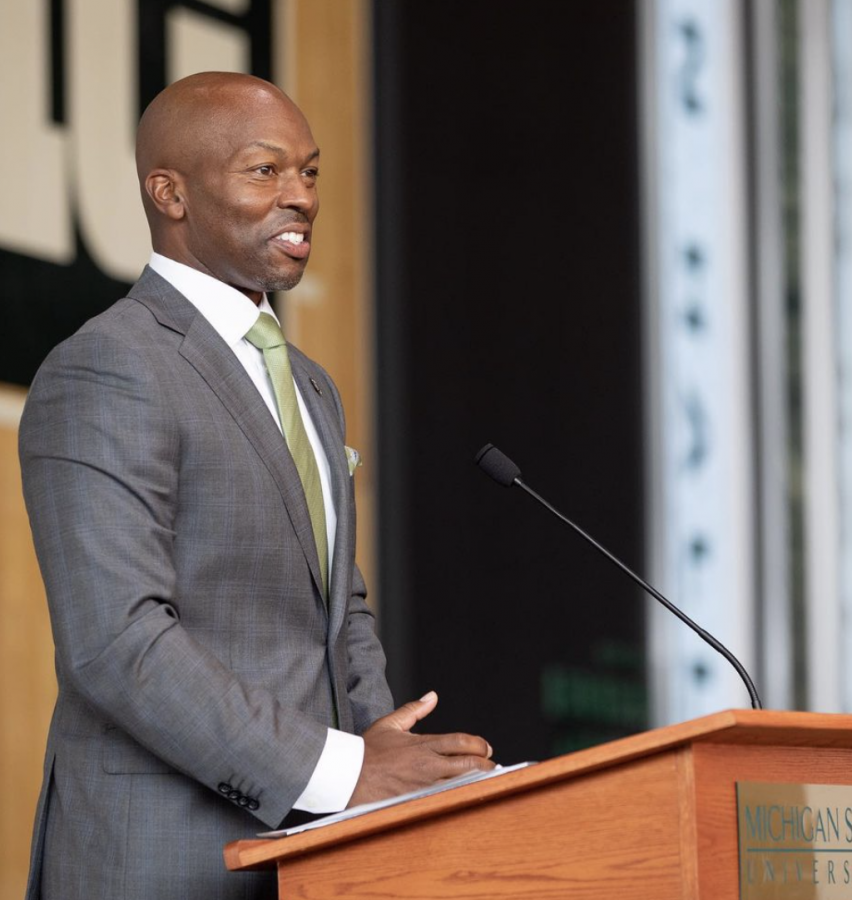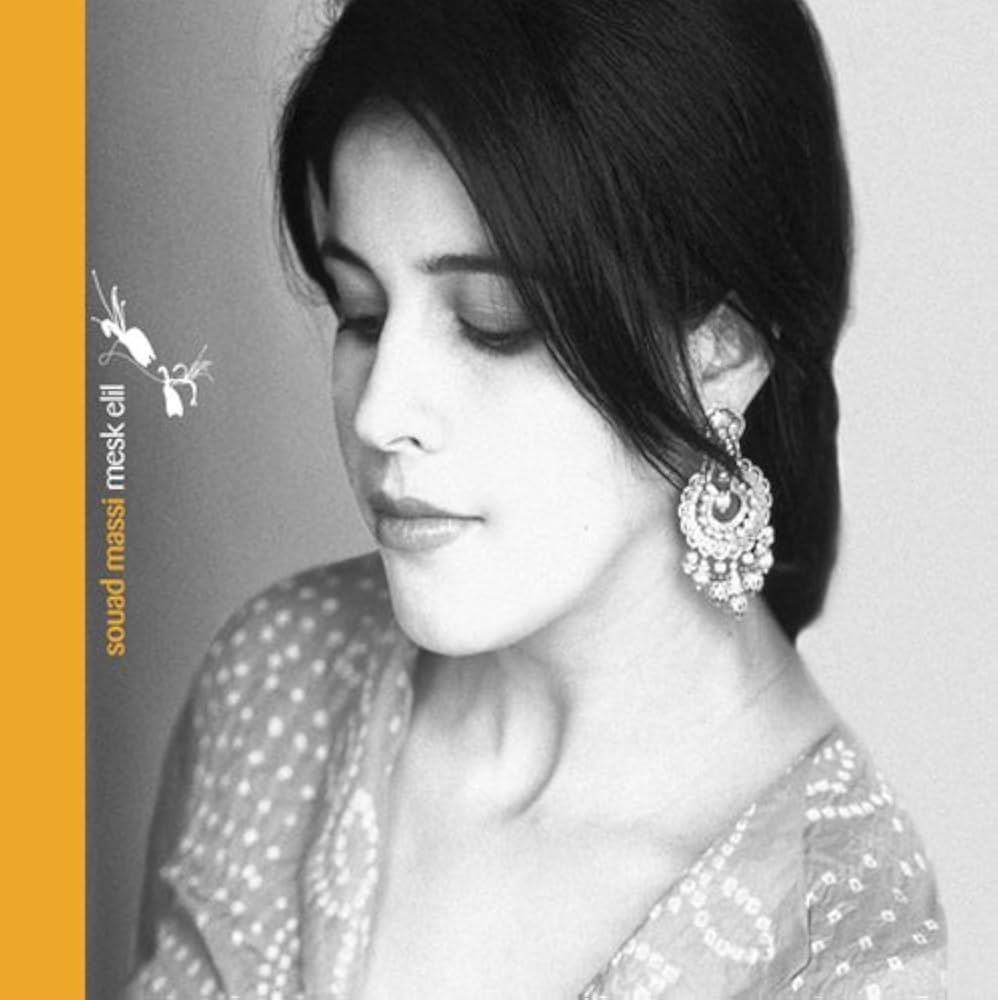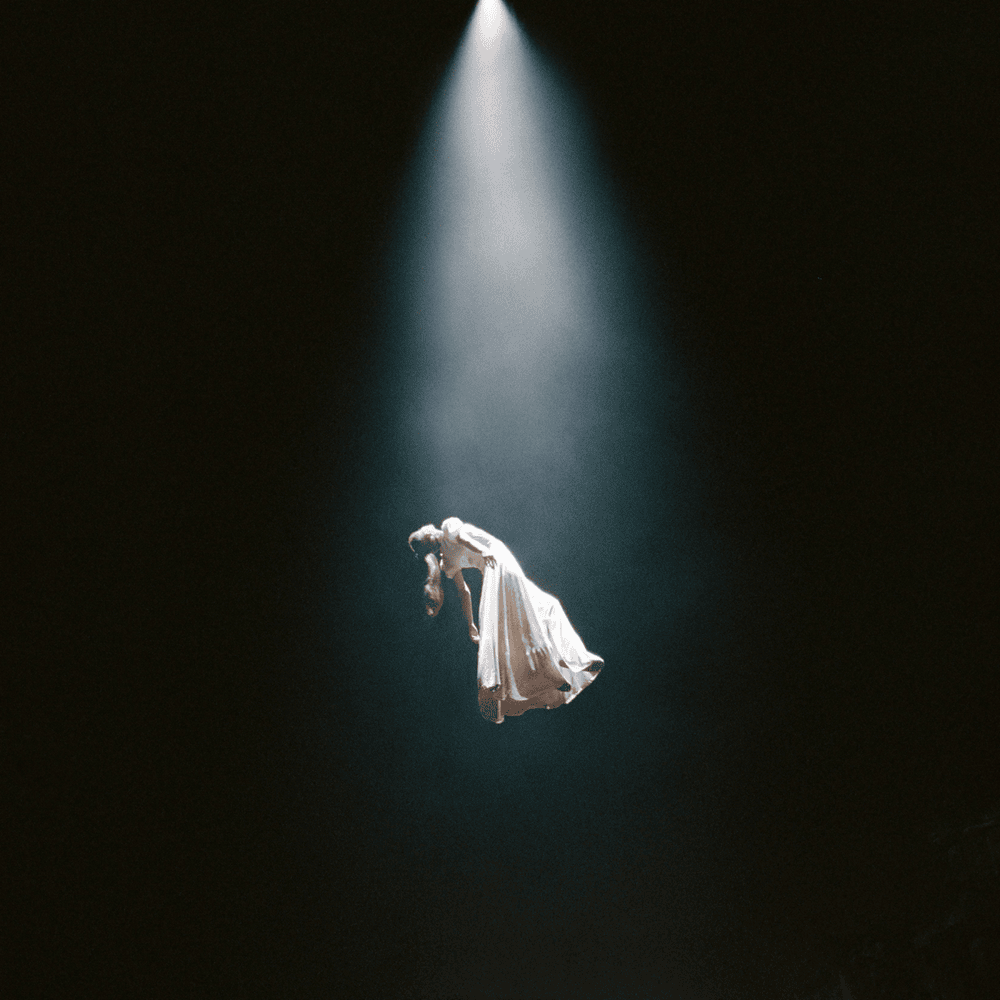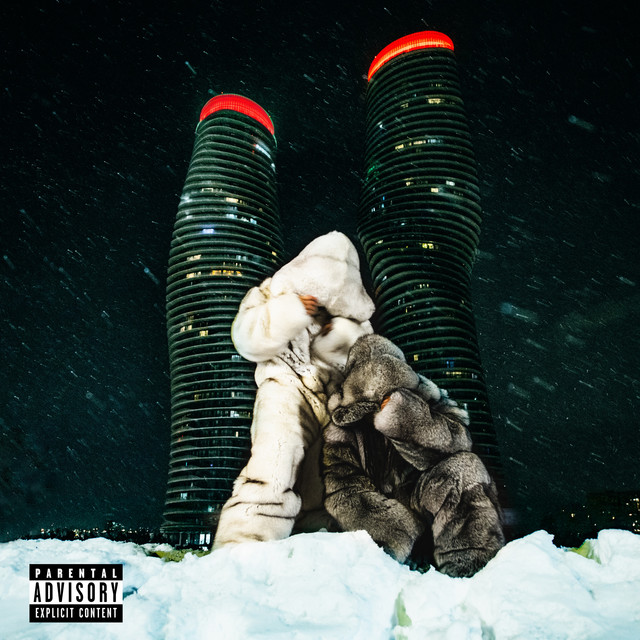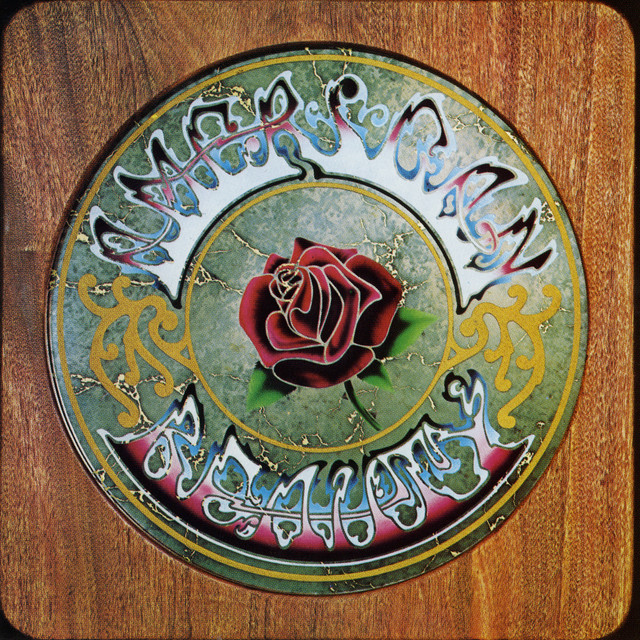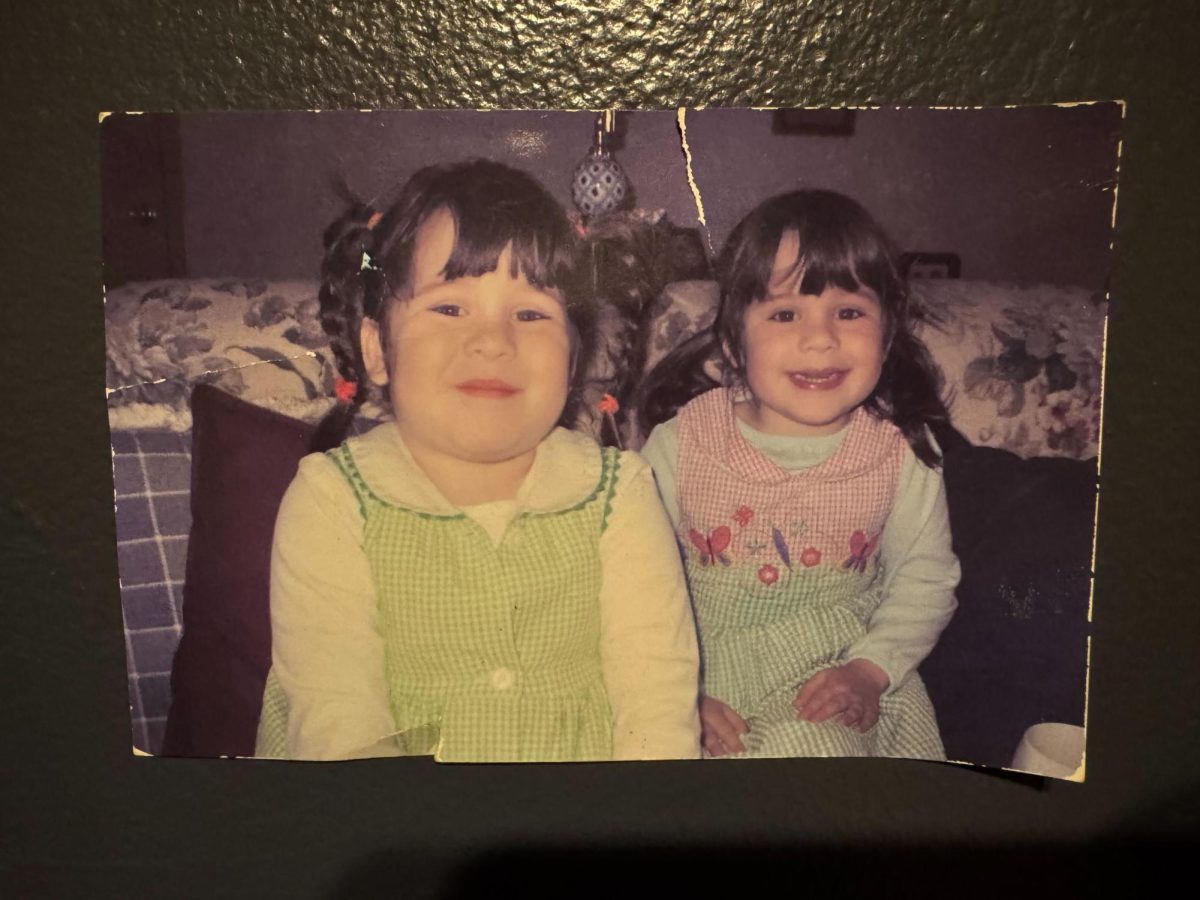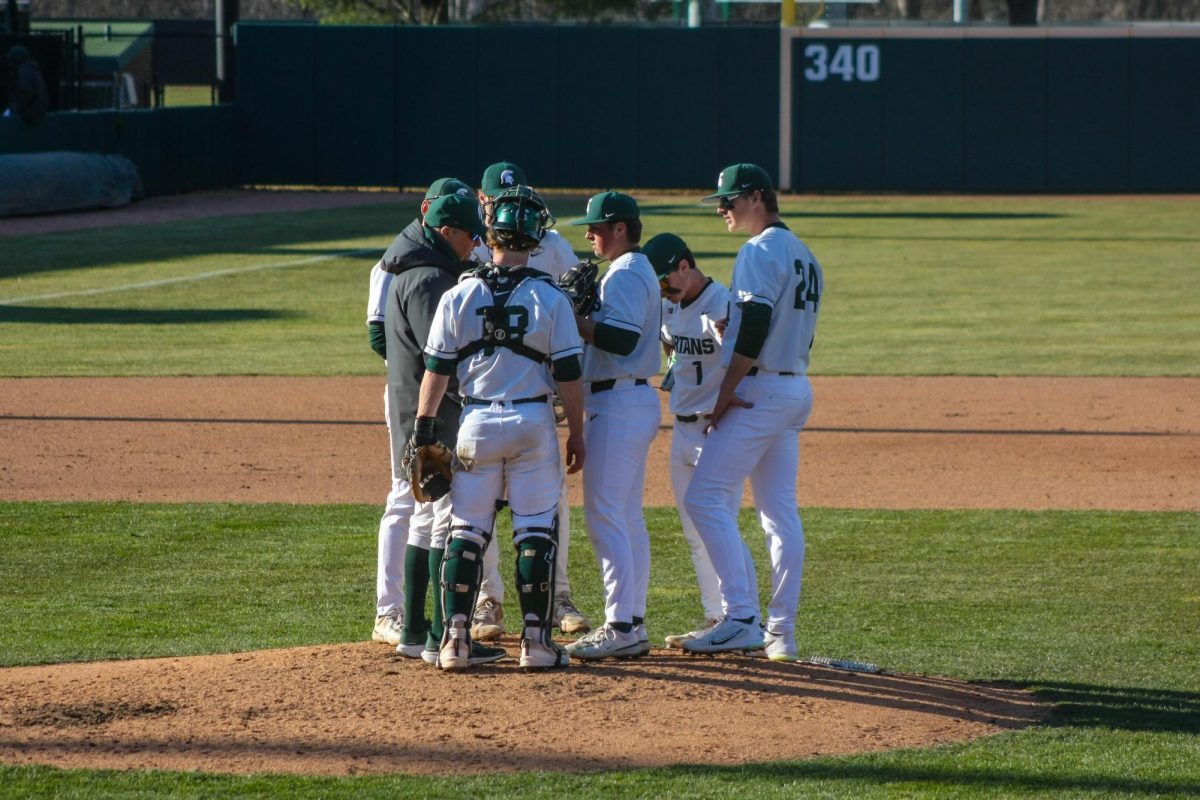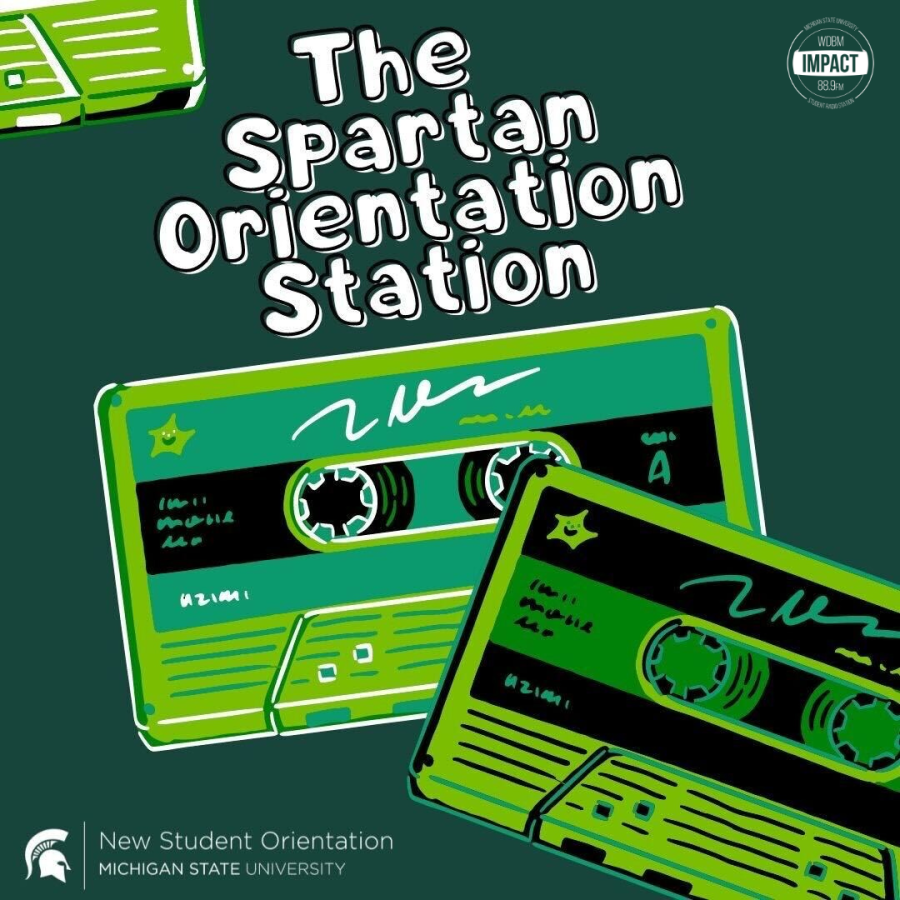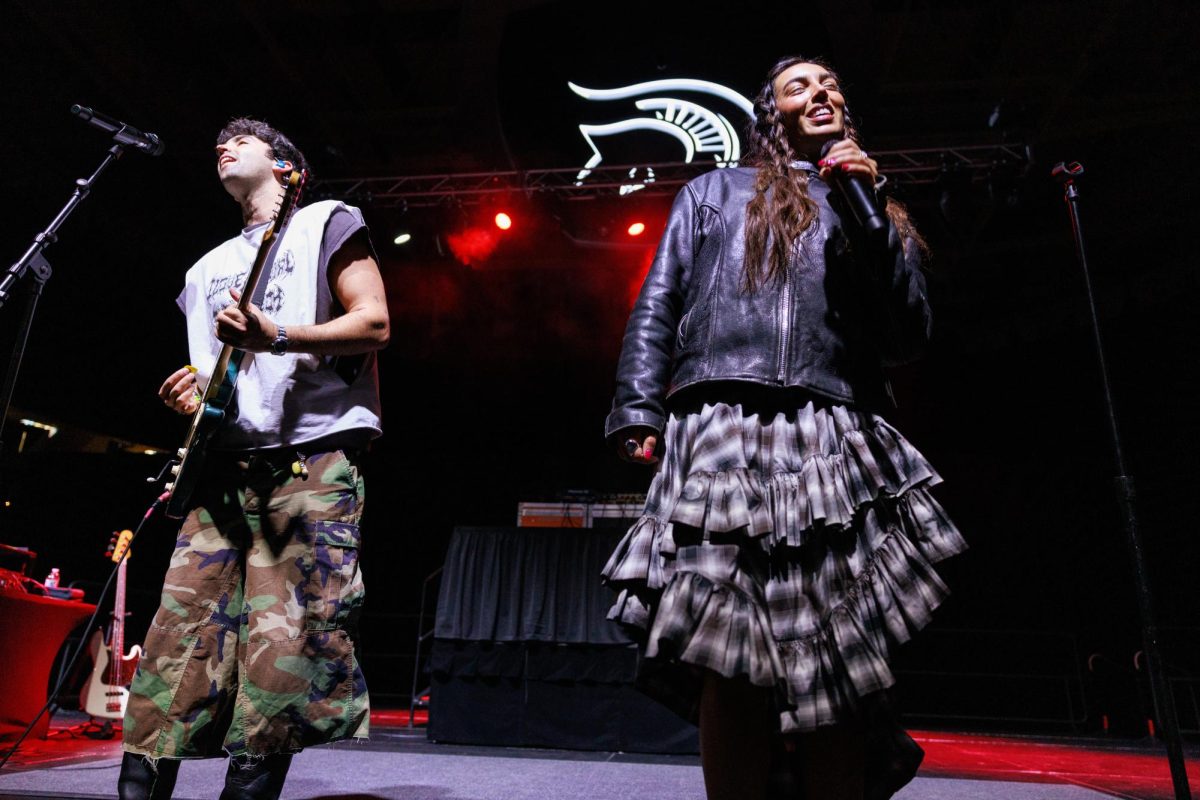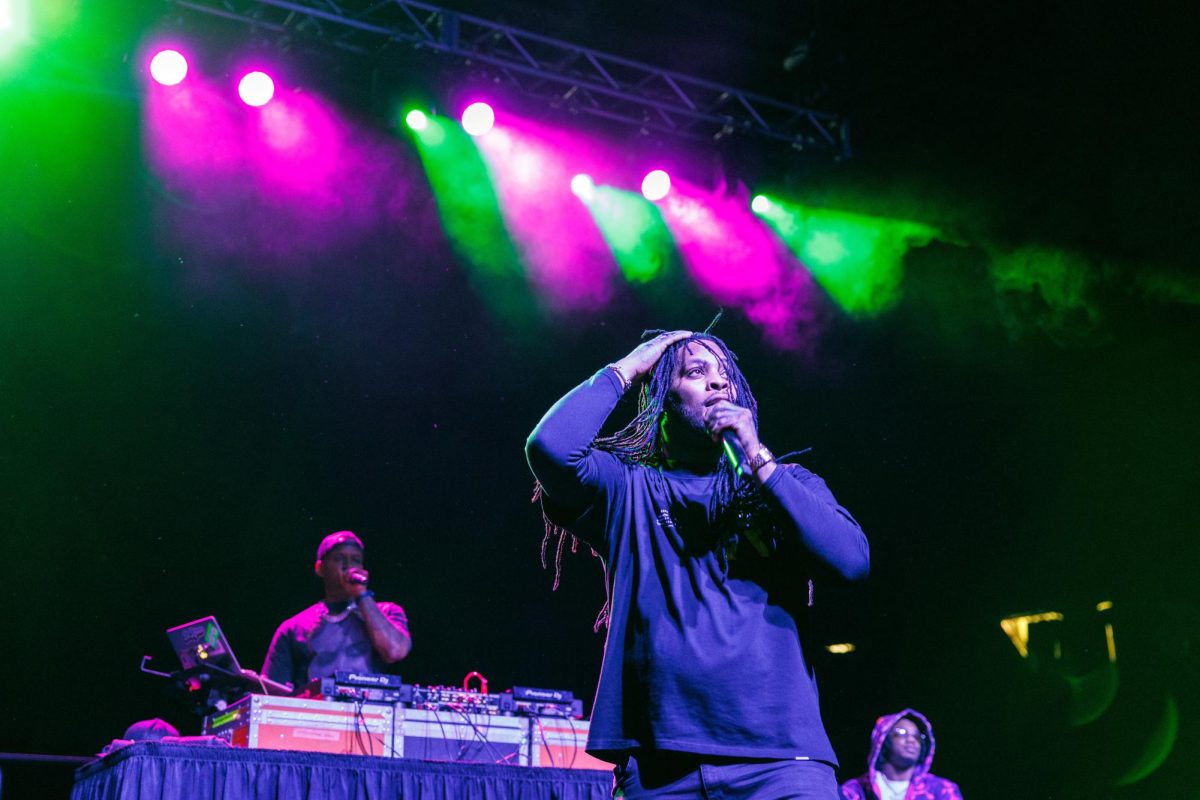Nuclear Fusion | “Firecracker” by Yellow Magic Orchestra
April 6, 2023
Last Tuesday, legendary composer and soundsmith Ryuichi Sakamoto passed away at the age of 71. While Sakamoto is known in his own right through his prolific work as a soloist, some of his most enduring works come as a result of his membership in seminal electro-pop group Yellow Magic Orchestra. This is for good reason.
Before the scores he wrote for Brian De Palma, Bernardo Bertolucci and Pedro Almodovar, before countless underrated reinventions of new wave, trip-hop and funk, before the avant-garde segues into minimalism and ambient music, before the original compositions for cellphones and Olympic ceremonies, before a career of electro-pop so spidery and precise that it couldn’t be confused for anyone else’s handiwork, there is “Firecracker”: a singular, perfect pop song. Yet one of the most fascinating histories of this song is one of the most elusive: It’s actually a cover!
Released in 1959, American composer Martin Denny’s “Firecracker” is a song so chintzy and orientalist that hearing it today conjures horrific flashbacks to Mickey Rooney’s yellowface visage in Breakfast At Tiffany’s two years later. Denny was a godfather of “exotica,” a subgenre of lounge and pop music fueled by mid-century America’s fetishization of the South Pacific, East Asia and elsewhere. Music scholar Shuhei Hosokawa classified it as “a fantasy of travel” designed to relax listeners as they drifted off into an imagined paradise.
The plucky percussion and swooning bass strings of the original “Firecracker” feel like the soundtrack to an Elvis Goes to Japan movie that was never released, or perhaps an ill-advised bachelor party hosted by Justin Trudeau. As a random Rate Your Music user writes in a comment box for Denny’s Quiet Village, “if you [didn’t] yet have colour tv i can see this being hot stuff.”
Yellow Magic Orchestra’s flip of Denny’s song into an instant classic is one of electronic music’s great miracles. Sakamoto notably took humor at the song’s absurdly fake, stereotypical image and decided to do it one better by giving it even more gloss. Assisted by bandmates Haruomi Hosono and Yukihiro Takahashi, “Firecracker” crackles to life by mixing live drums, synthetic chirps and funky keys into an unstoppable groove. The chord progression from Denny’s original is unmistakable once you’ve heard it, but the new version adds spooky bridges, luxurious piano solos and a barrage of vintage synth work to make it a creature unto its own.
While “Firecracker” is very much a record of its time, its influence is profound. The song found an audience everywhere from Soul Train to the pop charts, cracking Top 20 in the UK, although merely cracking the Top 100 in the US. Synth-pop acts from Duran Duran to Gary Numan have claimed YMO as an influence, and you can hear the “Firecracker” wiggle in everything from Pet Shop Boys to Madonna.
Both Michael Jackson and Eric Clapton would go on to cover the band’s 1979 classic “Behind The Mask.” This legacy makes Yellow Magic Orchestra’s contributions just as relevant to electronic music’s early development as Kraftwerk and Giorgio Moroder’s contributions around the same time. Much like how Filipino fast-food chain Jollibee recently opened its first location in Spain, Denny’s imperial aspirations bear a delicious irony now that YMO’s “Firecracker” has endured far beyond his creation.
Pop history is frequently defined by moments of artistic appropriation, sometimes even vandalism. A sample of a Rolling Stones rearrangement has the power to turn a Britpop song into a classic three decades later. Countless disco and pop classics have been flipped into even better rap songs. At its worst, this zone of exchange can produce sonic war crimes, such as David Guetta and Bebe Rexha’s recent defilement of an Italian techno classic. At its best, you have triumphs of pop creativity: moments that transcend time, place and genre. “Firecracker” is one such moment. Although this would be far from the last time Sakamoto would master his medium, it showcases a magic touch that bears a dual understanding of both the warm and the robotic, the tacky and the sublime. This instinct is part of what makes Sakamoto one of modern music’s great masters, and it ensures a legacy that will last far beyond his passing.







